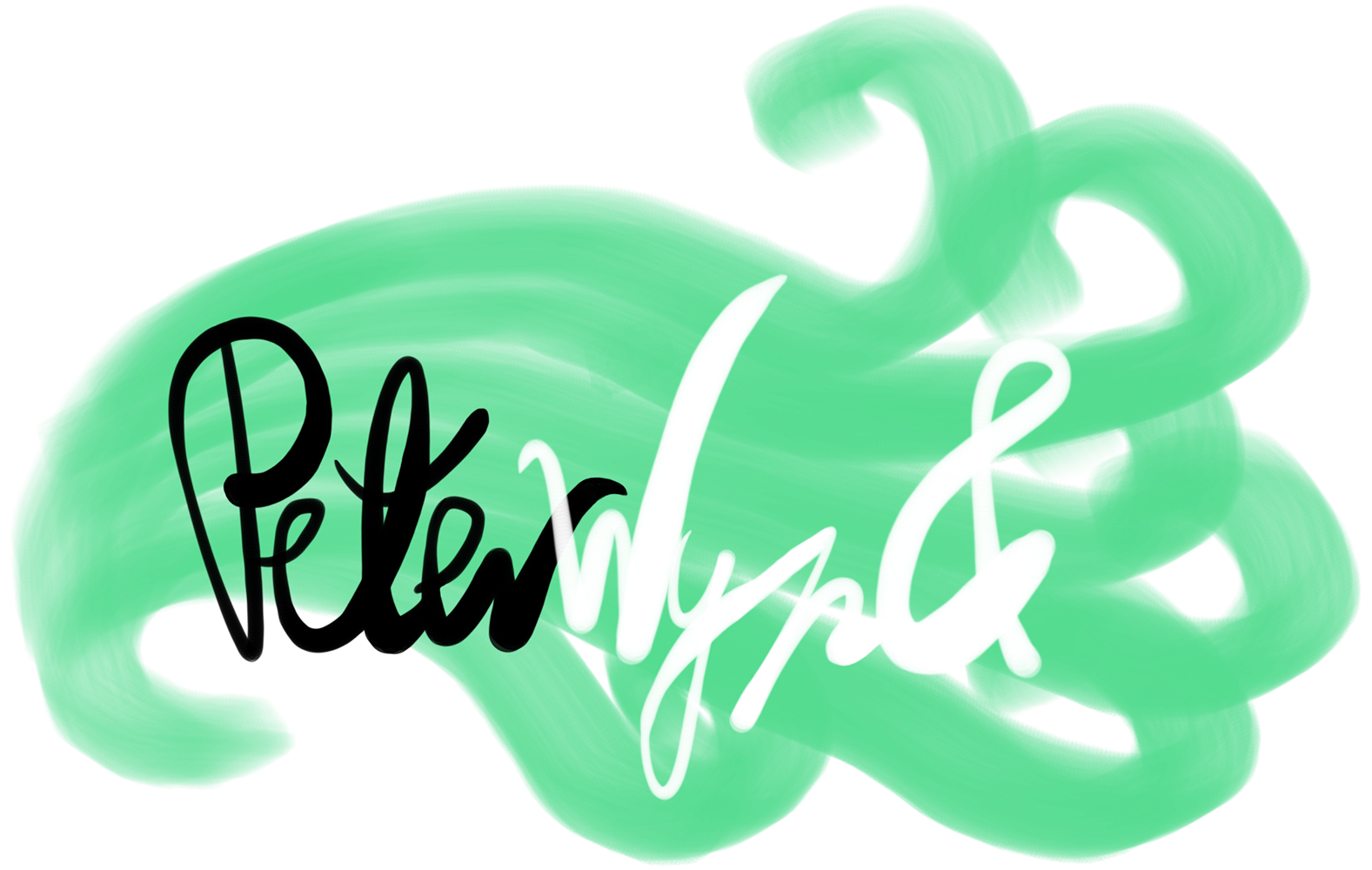So, let’s break this book down. Starting from the beginning: Yorde opens his eyes in a shopping mall. He doesn’t recognize his place, he doesn’t remember how he ended up here, and what’s worse, he sees his corpse sprawled against a fountain disc below him, and a man in black informs him that he hasn’t only died, but he’s died by committing suicide… like what the hell?
When writing the opening chapter I was inspired by Franz Kafka’s Trial, where the protagonist, K., is prosecuted for committing a crime, the nature of which is revealed neither to him nor to the reader. I wanted to elevate this “fish out of water” scenario to the extreme—Yorde isn’t prosecuted, he’s already “sentenced” with death, the nature of which he likewise doesn’t comprehend. All the clues point to him committing suicide which, despite his depressive moods, he had no intention of doing whatsoever.
Since some details don’t match, the bureaucracy of the world of the dead could be at fault. If indeed it has made a mistake, it would be a catastrophic one—after all, what’s a bigger offense than being “mistaken” about a person’s very nature of existence?
Kafkaesque motifs also appear in the later parts of the book; I found the idea of the afterlife as bureaucratic hell quite compelling. However, in the earlier drafts, I made the mistake of leaning too heavily on Kafka, resulting in a story that didn’t feel like mine. I realized I should take my inspiration for what it was—a music in the background, elevating some aspects of the world, but not stealing the show. The story gained a lot from that: there can be only so much narrative ambiguity in a character-driven adventure.
In the next part of the diary, I’ll talk about Yorde’s survival in Necropolis and what it entails. See you then!
